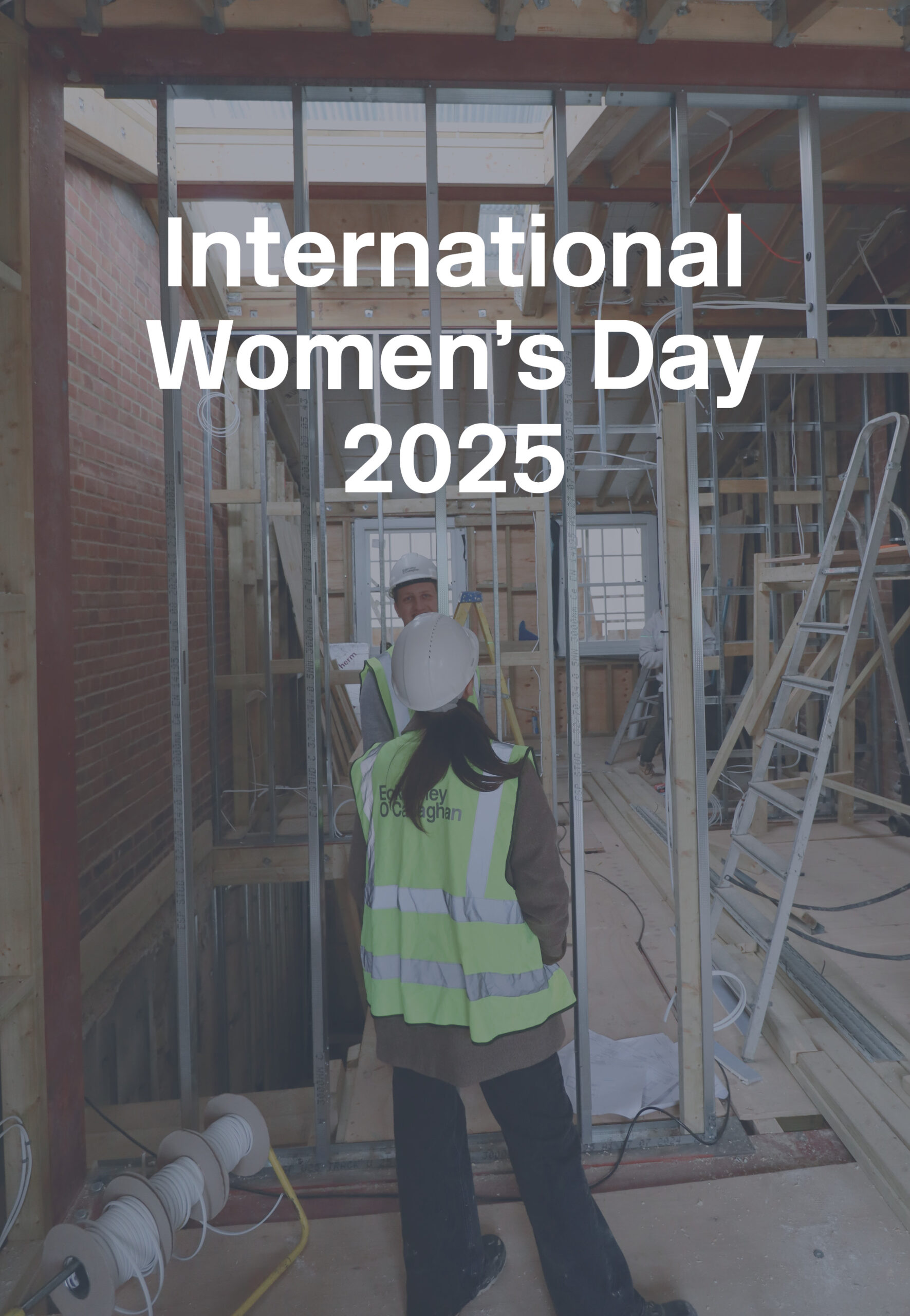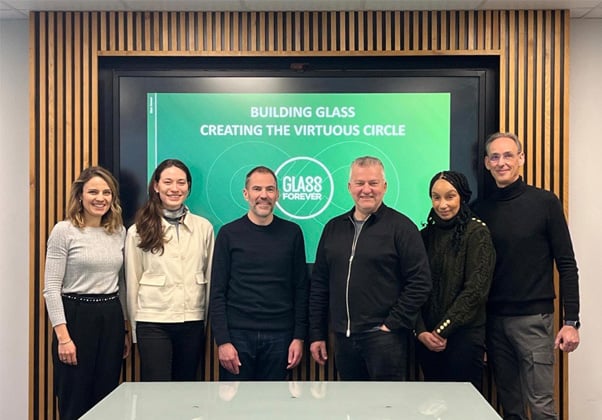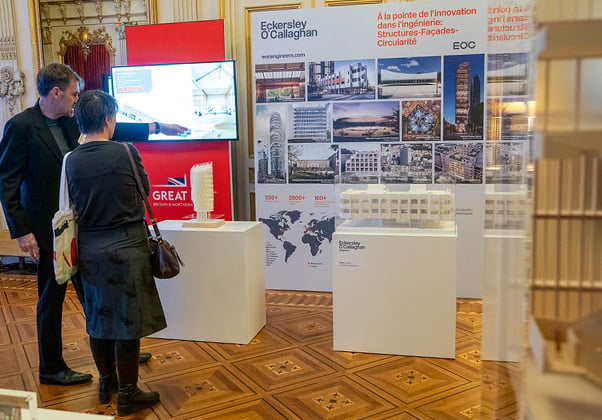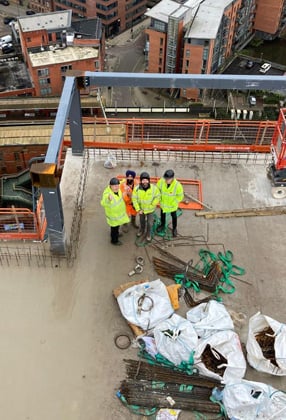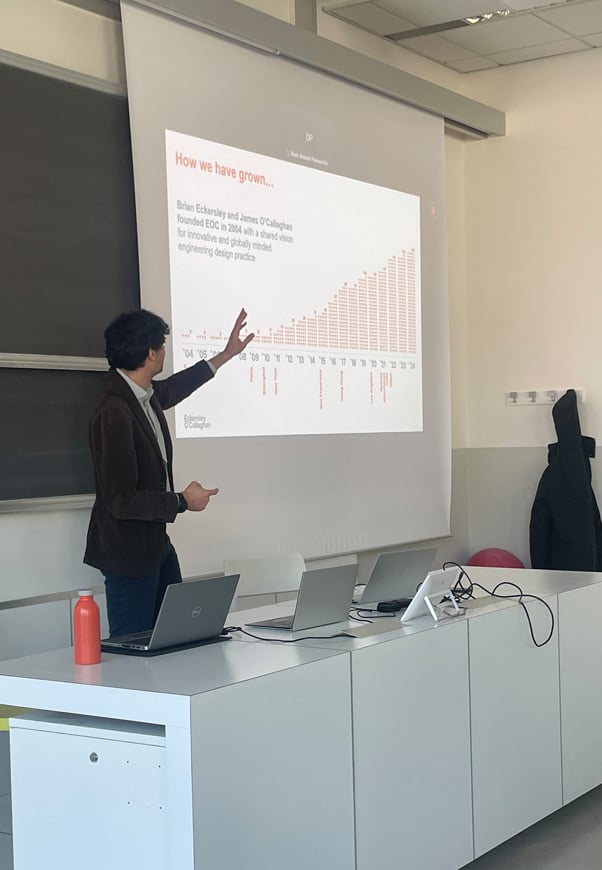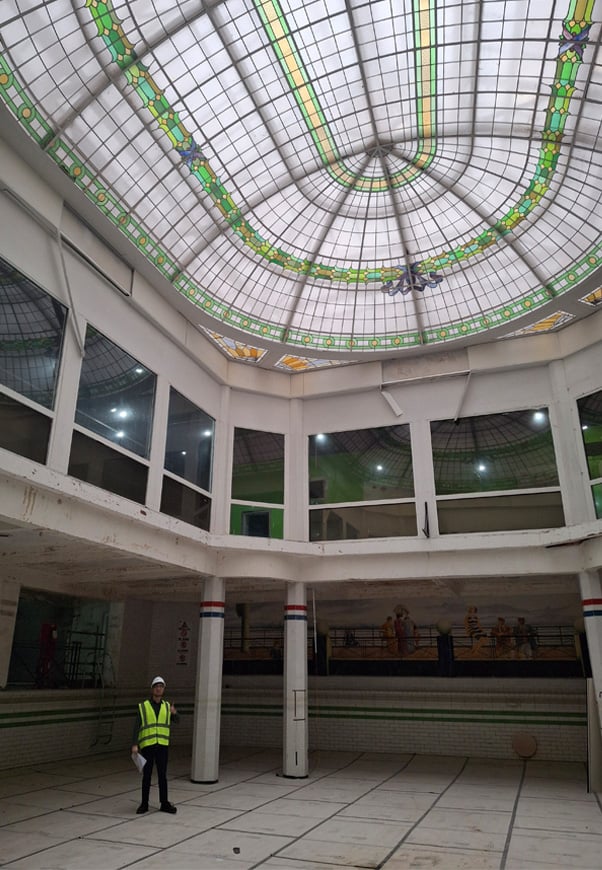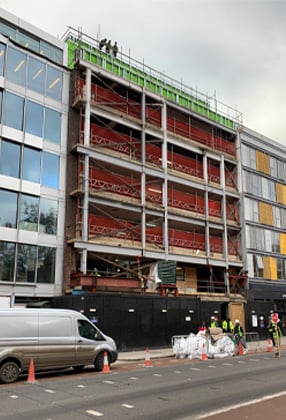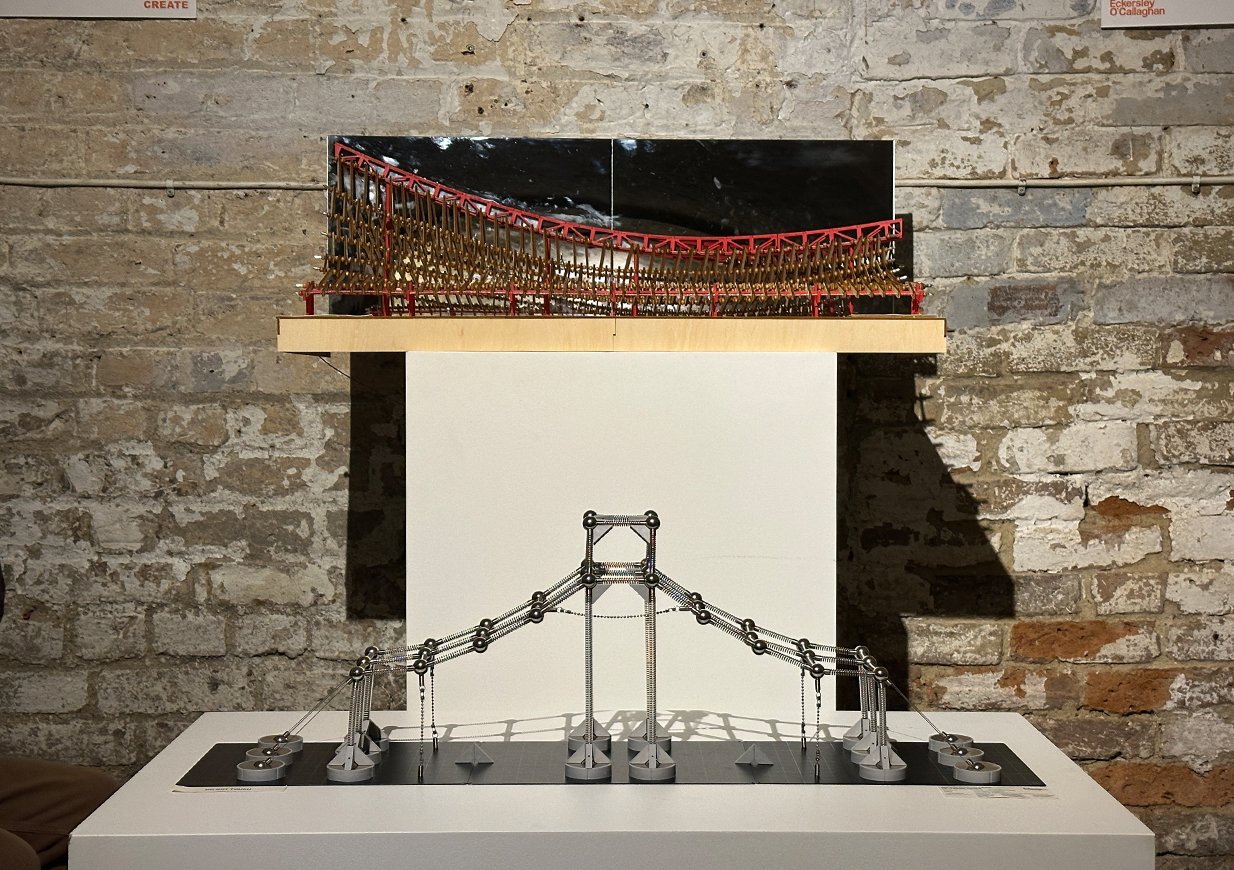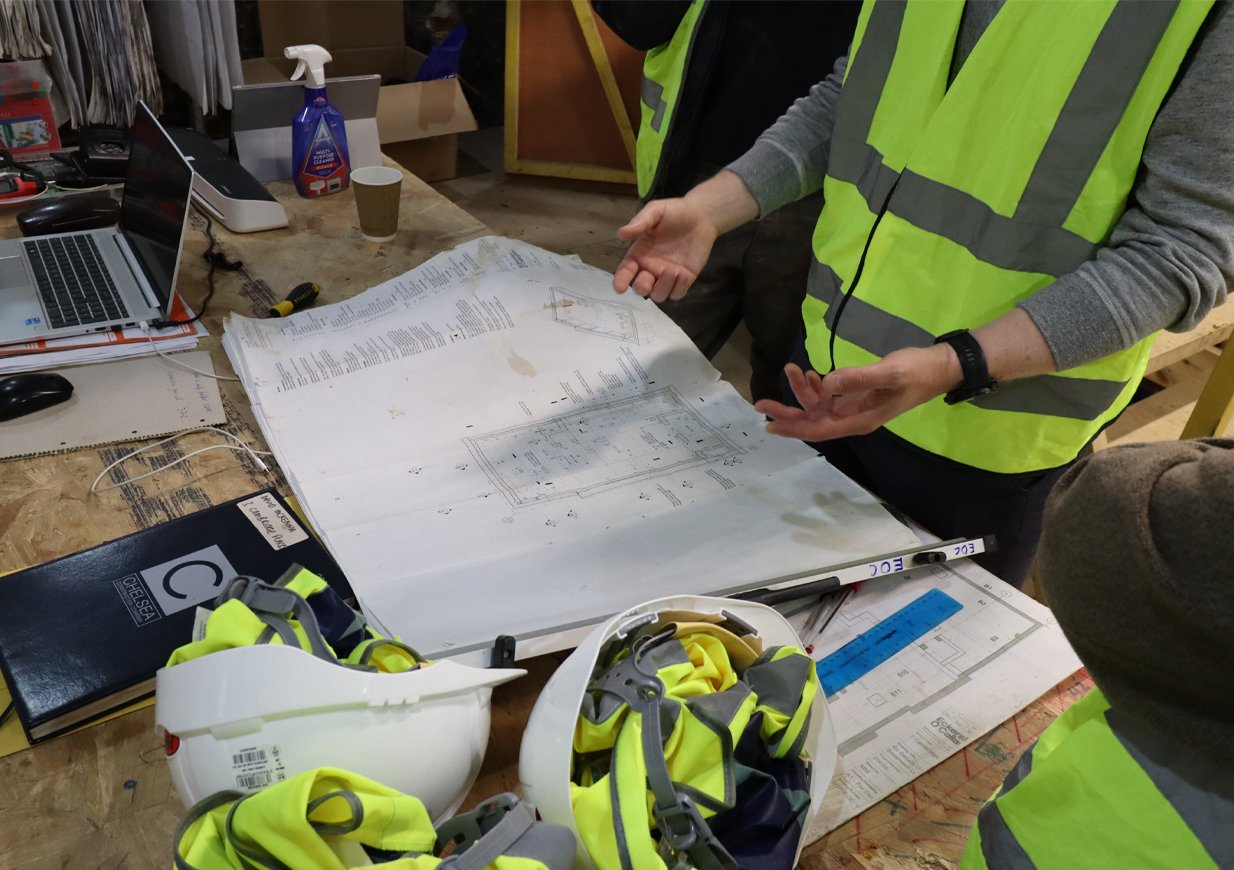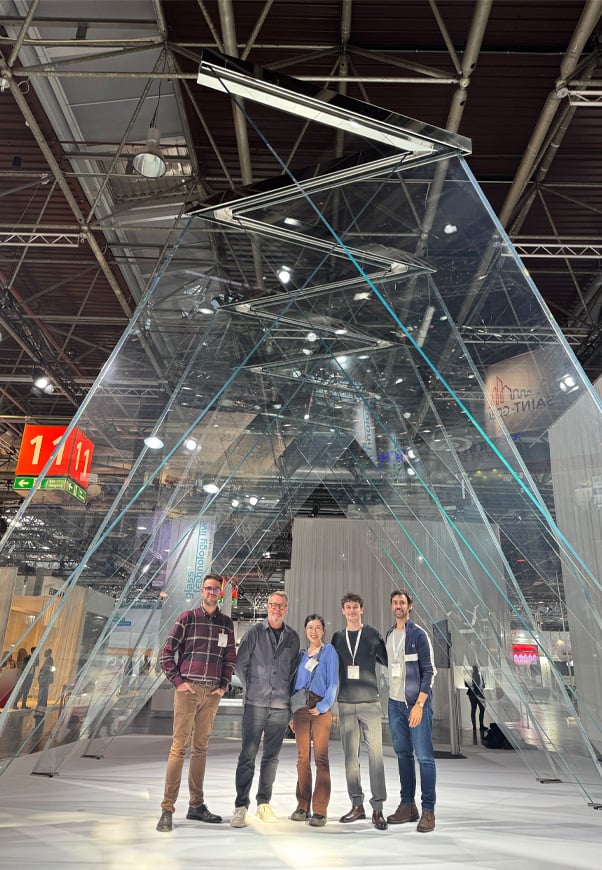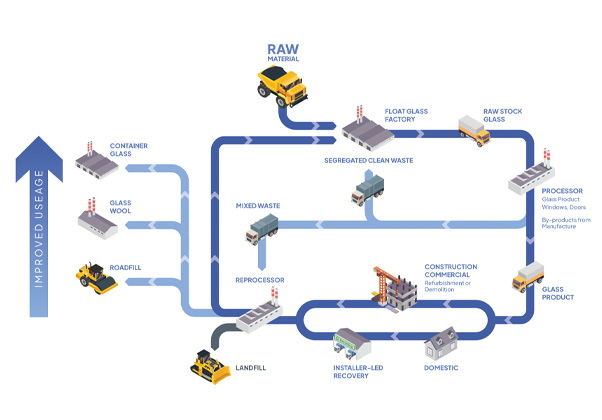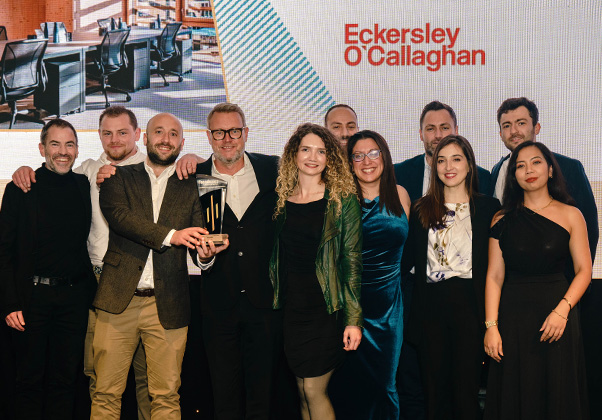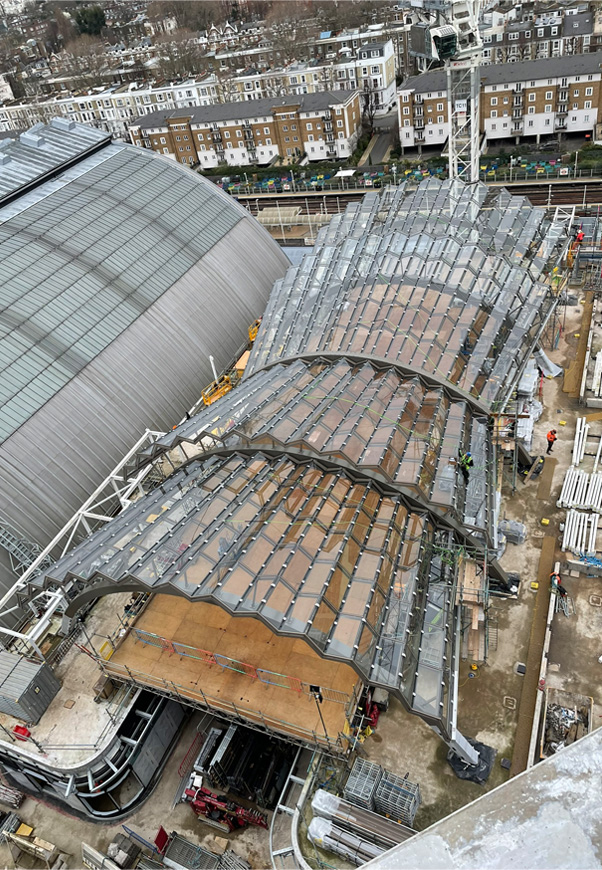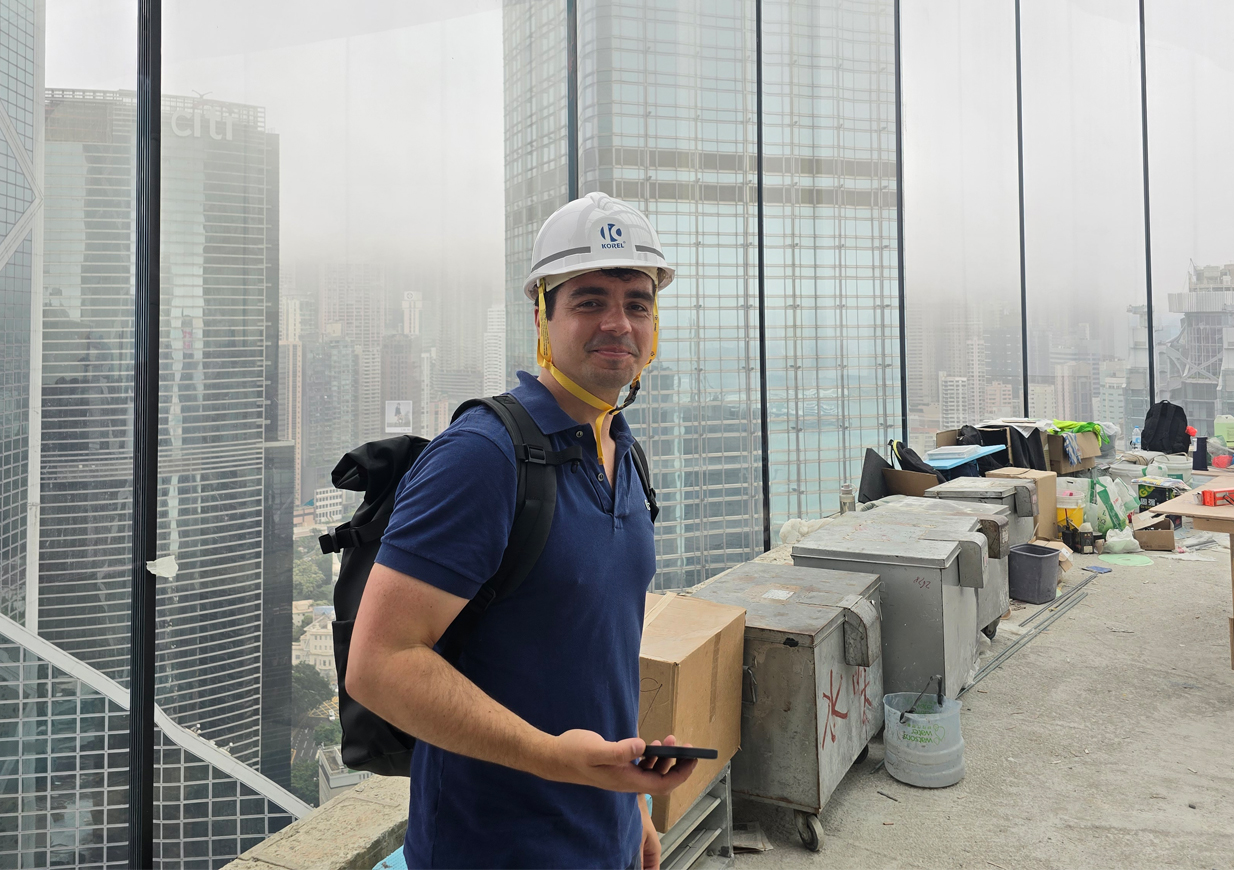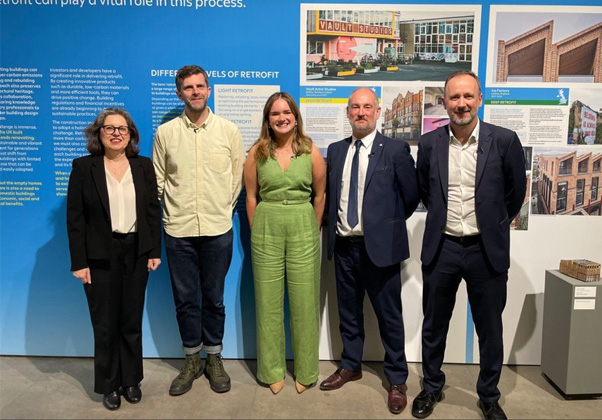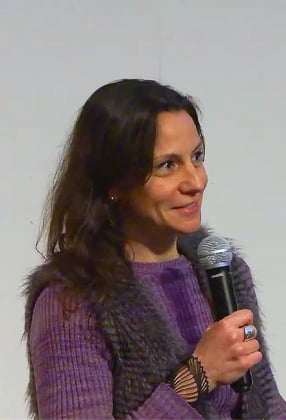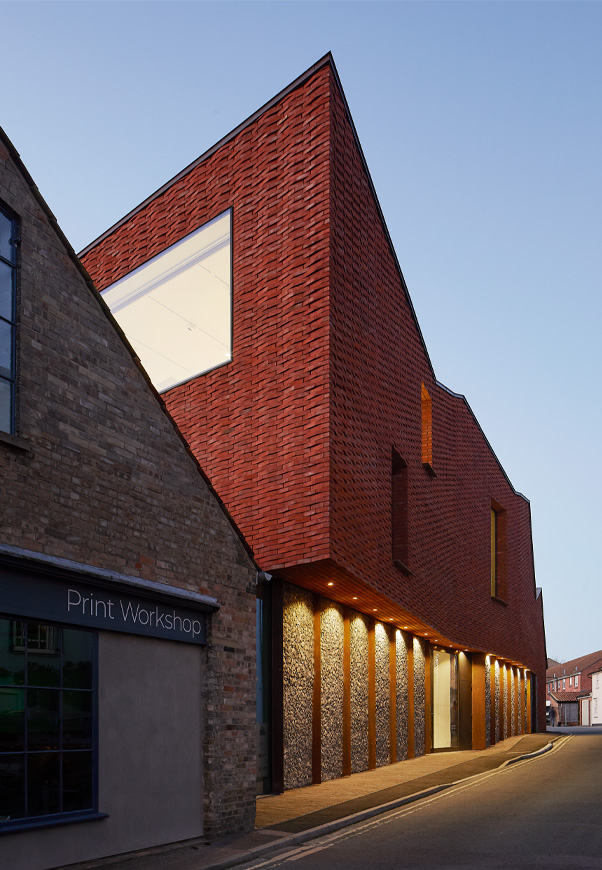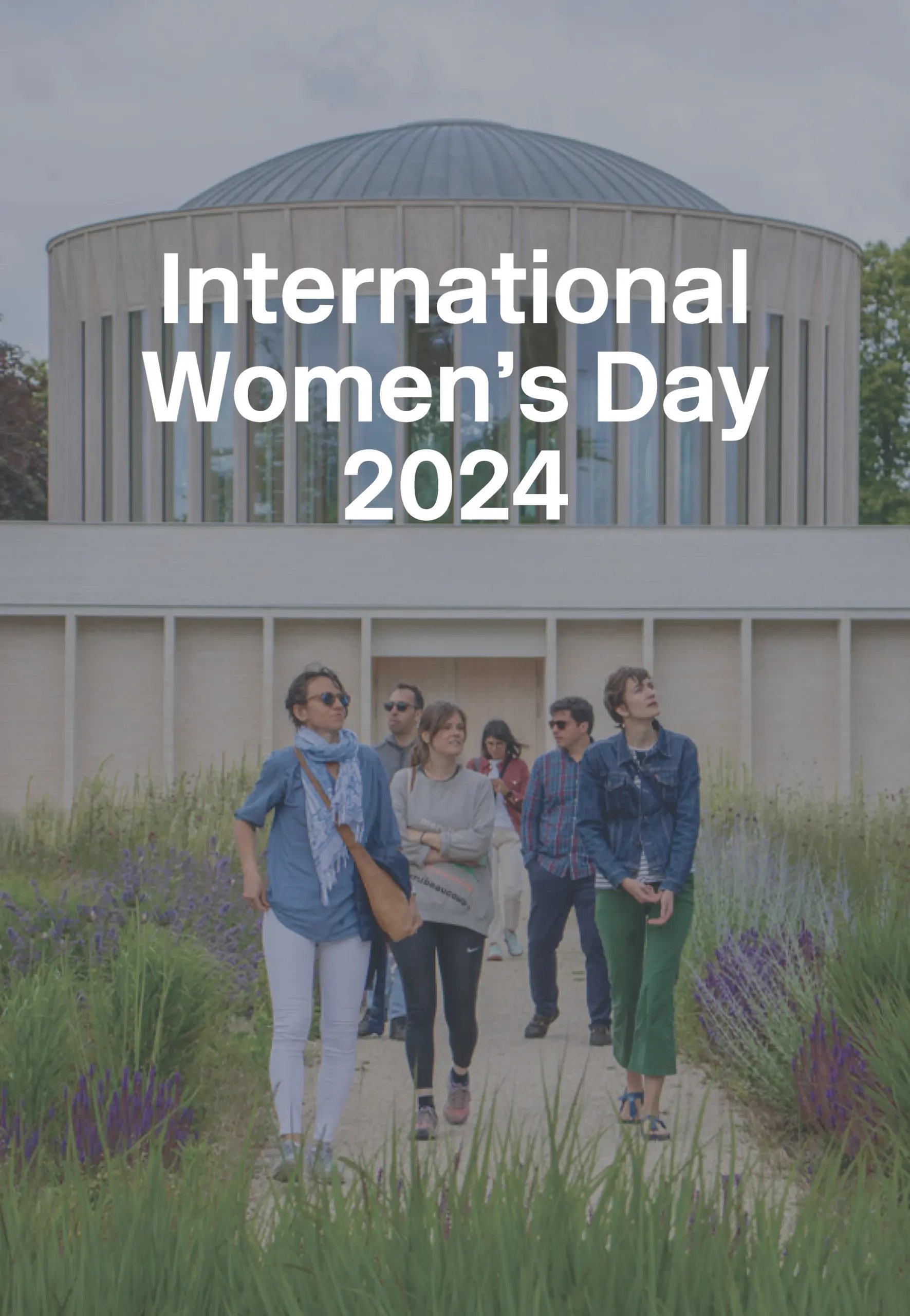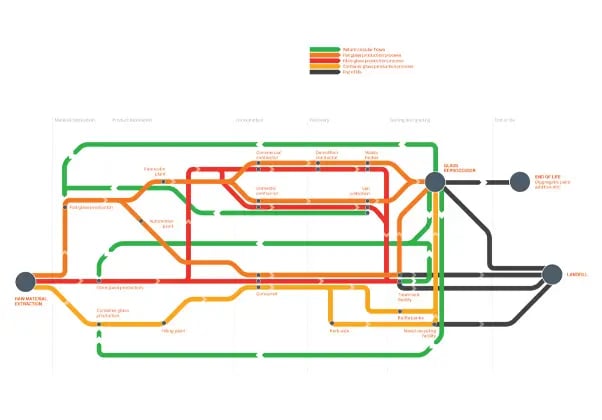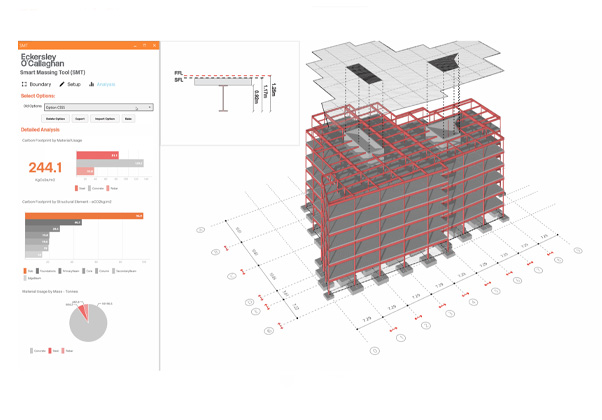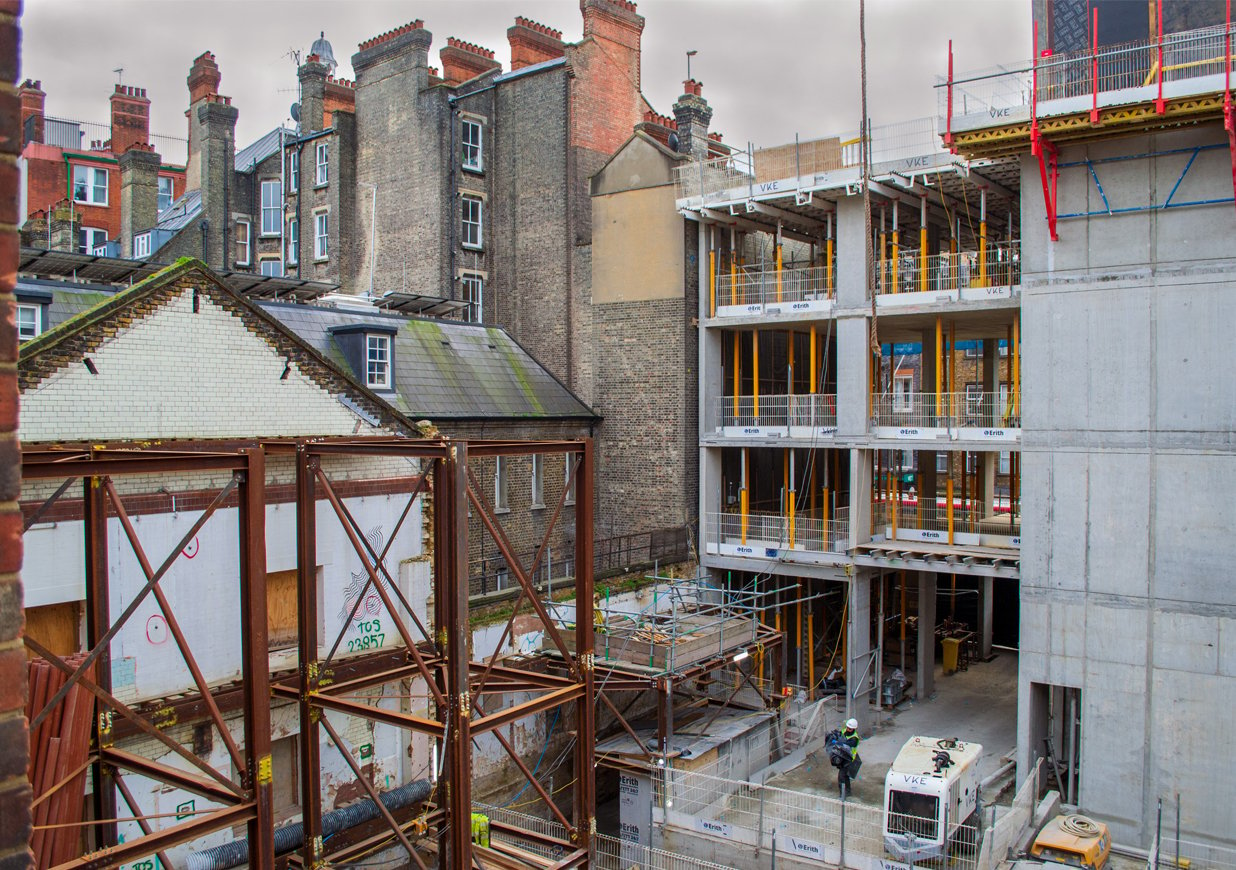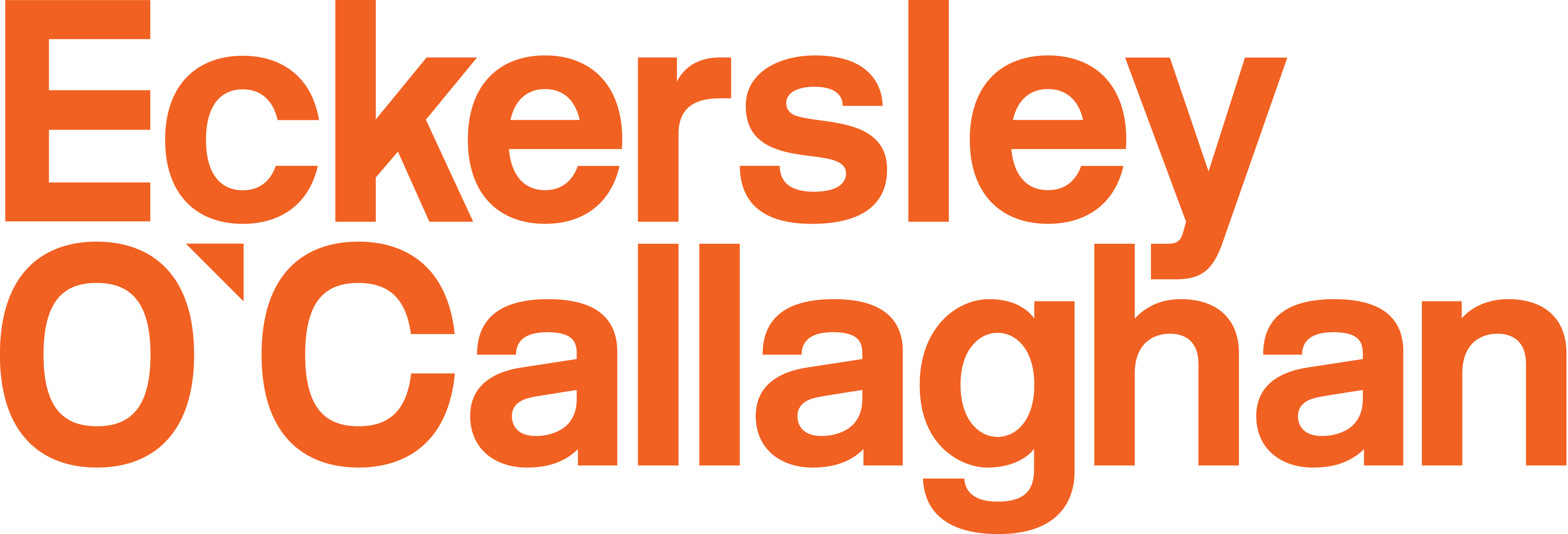Plugin and Play with EOC ECO2: our new tool for measuring embodied carbon
7 December 2021
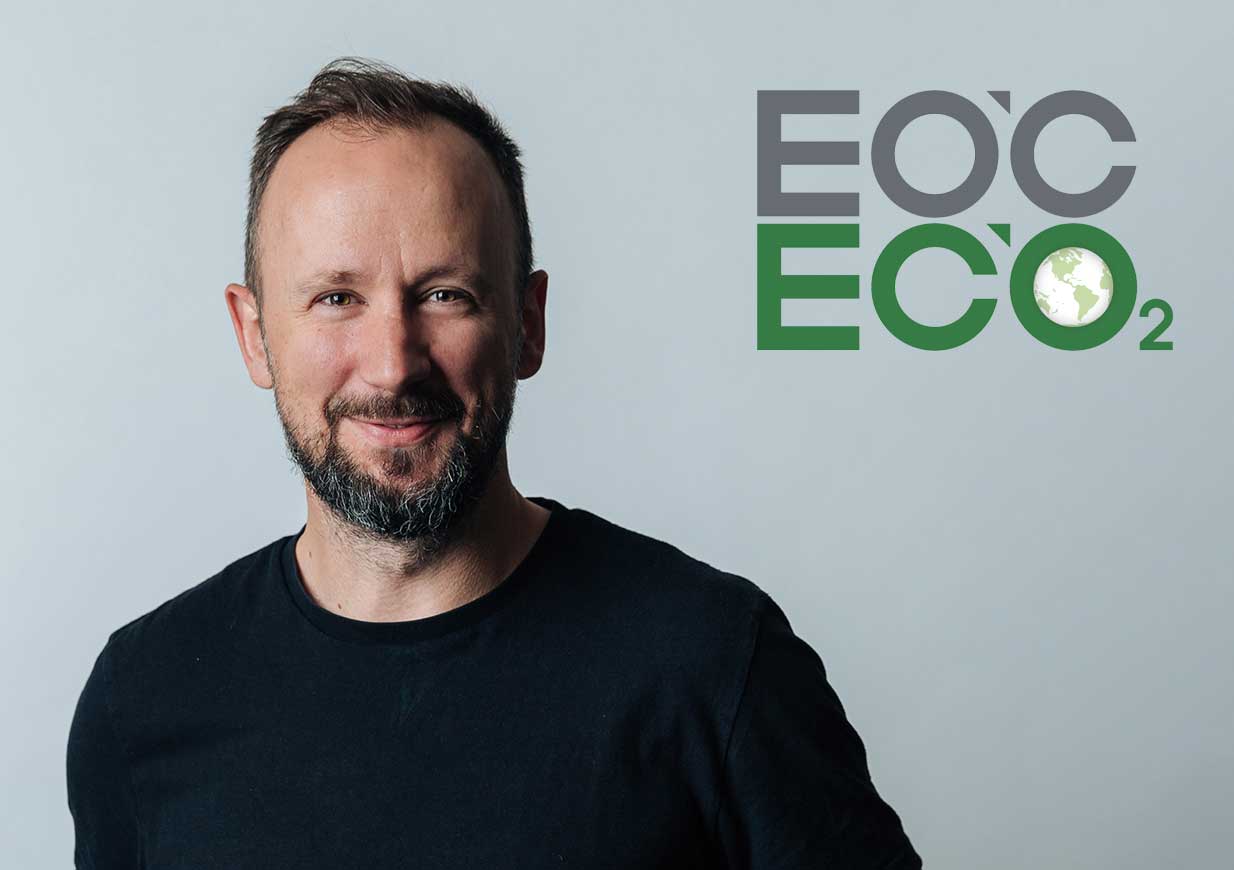
Structural engineers make decisions every day that impact the carbon intensity of a construction project. It has been calculated that an engineer can contribute 1000 tonnes of CO2 in a year. In 2019, Eckersley O’Callaghan made a pledge to record emissions for every project.
The first hurdle our engineers faced was understanding how to measure embodied upfront carbon. The built structure alone can contribute upwards of 50% of the entire life cycle carbon of a building, spent at the outset of the project during supply and construction. Duncan Walters, Associate Director in our Structures team, explains the tool our engineers have developed to help us calculate embodied carbon – and why we feel it’s important to share it with anybody that wants to use it.

As first day signatories of Engineers Declare, we have been committing a sizeable proportion of our R&D resources to sustainable engineering. A new REVIT plugin called EOC ECO2 has been a product of this, developed by some of our bright young coders over the last few months. It’s a bolt-on piece of scripted software that opens a window within the REVIT model space and gives a breakdown of the embodied carbon output for the structural materials used in a building. Anything included in the model is included in the calculation. The software gives overall outputs for upfront carbon from stage A1 through to A4 and A5. It breaks down the framing into percentages for each type of structure, such as foundations, piles, columns, and slabs. It also breaks down the components by material.

The tool extracts all the volumes of REVIT elements and applies a default carbon value based on each element’s specification. A designer can enter the gross internal area (GIA), project construction value and transport distances for each material and then the software does the maths, generating charts to distil the information in a handy way. The initial value can then be interrogated – users can check the correct value has been taken for every material by toggling through each material category or element type. Once people master the process, it only takes about 5-10 minutes to run the numbers.
Using EOC ECO2, we have already developed an incredibly valuable data set that helps us make informed decisions on projects, how we specify and use materials, and ultimately achieve more sustainable outcomes. These are easy wins that we have been able to pass on to clients and architects.

This tool is going to be important for us. We didn’t really have any industry benchmarks we could measure against and, although some good work has been done by others (LETI, for example), there hasn’t been much to tell us where the industry currently stands, simply put we are not collecting enough data. And that’s why we’re happy to share this script with absolutely anyone that wants to use it, so that other REVIT users can understand the carbon intensity of their designs and hopefully share their data so we can learn as an industry. Given that the Climate Crisis is a global problem, we don’t want to monetise it.

Most importantly, the more people in the industry that use this tool, the more we can learn from each other – and therefore gain a better understanding of how challenging the current Net Zero targets really are and as a result design and construct better lower carbon buildings. We want other engineers to use it to record and monitor their projects and then share that data. For us to determine where we should be going, we first need to fully understand where we have been. Only then will we know how realistic the NetZero 2050 challenge really is.
If you would like to download the software script, please email us at [email protected] and one of the engineers from our R&D team will be in touch.
We understand the sensitivity of project and client data and any information shared will be anonymised for more information on this please contact us via the address notes above.


